Search Images
Browse Content (p. 830)
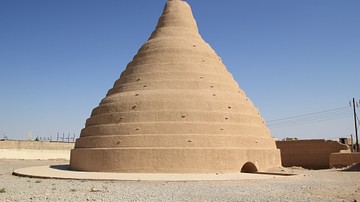
Image
Yakhchal
Yakhchal or ice chamber. Abarkuh, Iran.
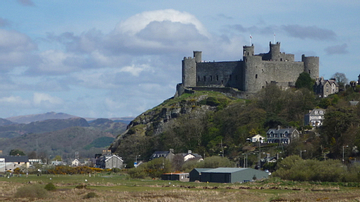
Image
Harlech Castle Panorama
A view of Harlech Castle in Wales on its rocky crag. The castle was first built by Edward I of England (r. 1272-1307 CE) from 1283 CE and completed by 1330 CE. (original image cropped)
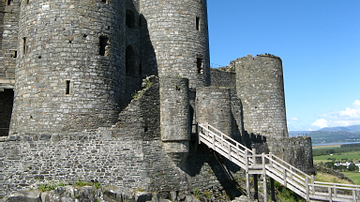
Image
Gatehouse Exterior, Harlech Castle
The exterior eastern side of the Gatehouse of Harlech Castle in Wales, first built by Edward I of England (r. 1272-1307 CE) from 1283 CE and completed by 1330 CE.
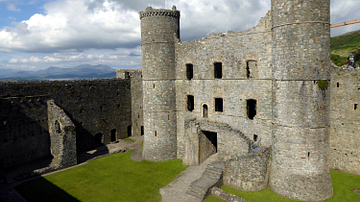
Image
Gatehouse Interior, Harlech Castle
The western interior side of the Gatehouse of Harlech Castle in Wales, first built by Edward I of England (r. 1272-1307 CE) from 1283 CE and completed by 1330 CE.
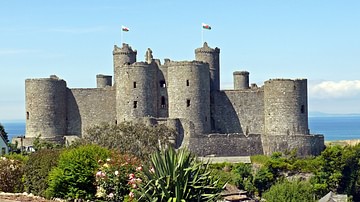
Image
Harlech Castle, Wales
Harlech Castle in Wales, first built by Edward I of England (r. 1272-1307 CE) from 1283 CE and completed by 1330 CE.
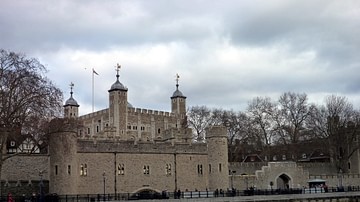
Image
St, Thomas' Tower, Tower of London
St. Thomas' Tower and the Traitor's Gate as seen from the Thames. St. Thomas' Tower was added to the Tower of London by Edward I (r. 1272-1307 CE), its construction lasted from 1275 - 1279.
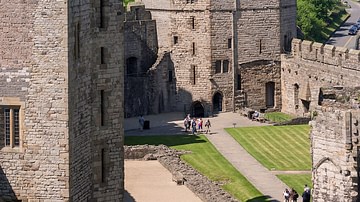
Image
The Eagle Tower, Caernarfon Castle
The Eagle Tower of Caernarfon Castle, Wales. The castle was built by Edward I of England from 1283 to 1330 CE.
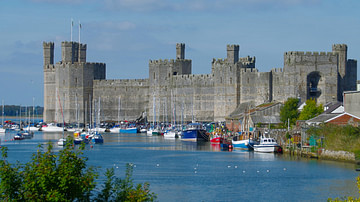
Image
Caernarfon Castle, Wales
Caernarfon Castle, Wales. The castle was built by Edward I of England from 1283 to 1330 CE.
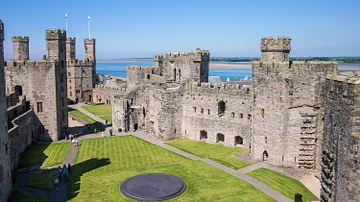
Image
Inner Ward, Caernarfon Castle
The two inner wards (baileys) of Caernarfon Castle, Wales. The castle was built by Edward I of England from 1283 to 1330 CE.
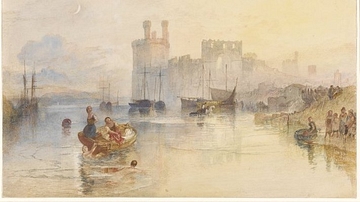
Image
Caernarfon Castle by Turner
A print watercolour of Caernarfon Castle in Wales by J.M.W.Turner. Painted in 1833 CE. Size: 27.8 x 41.8 cm. (British Museum, London)